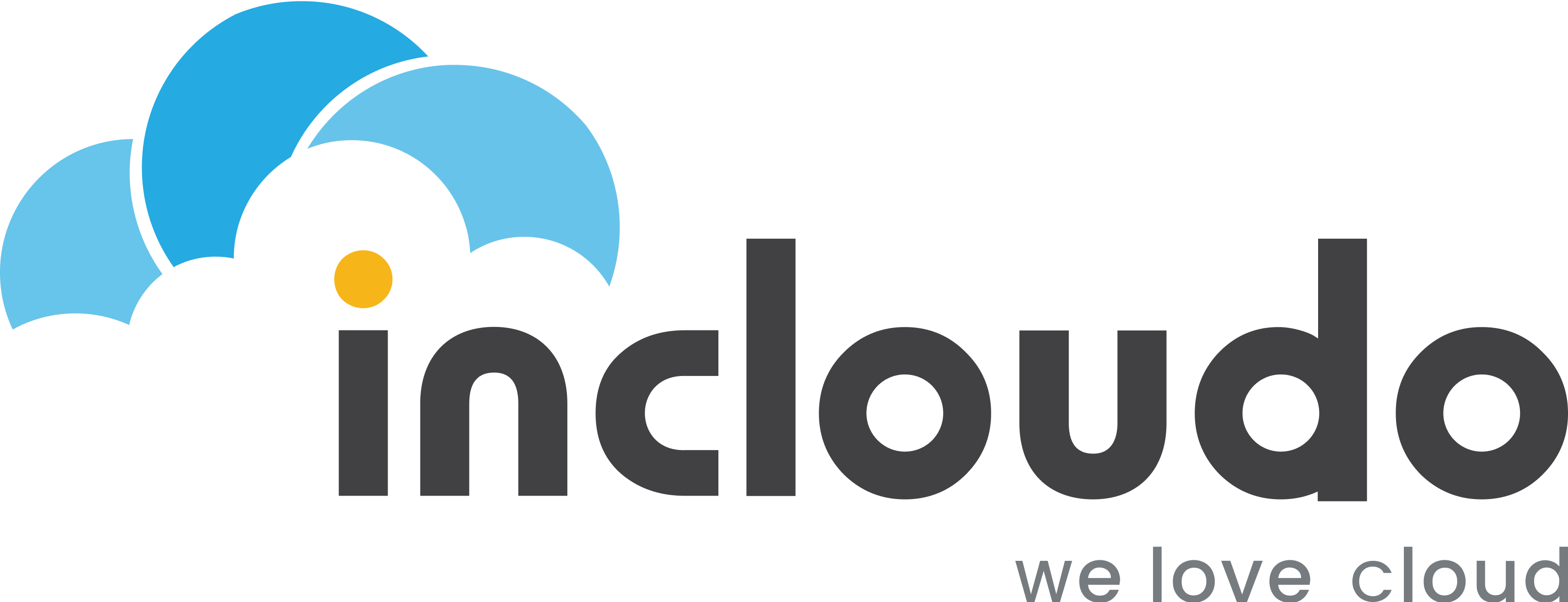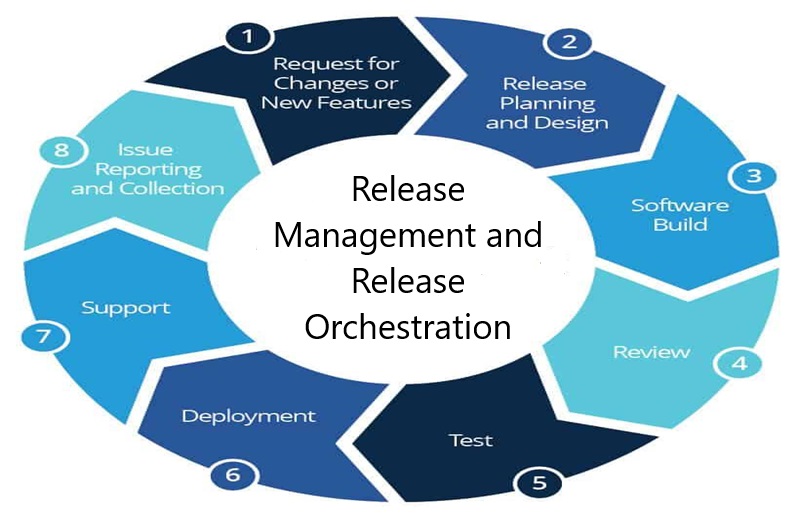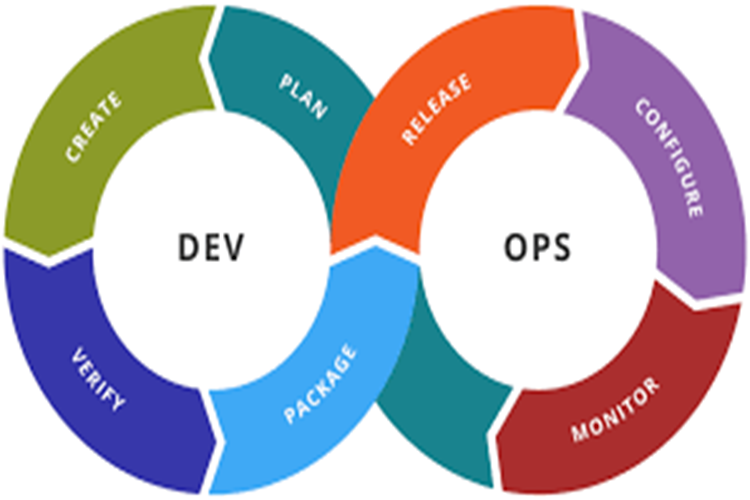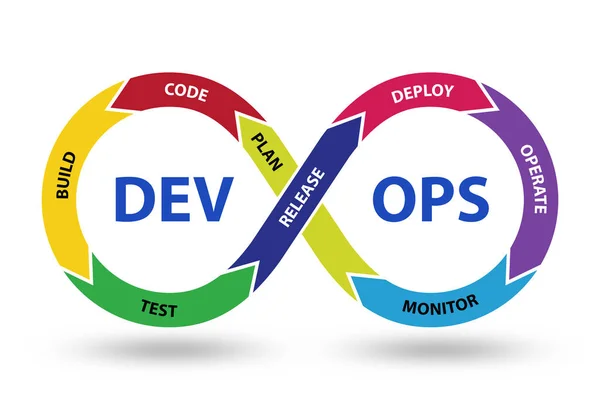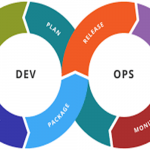
Why DevSecOps? The Benefits of Embedding Security into Your Pipeline
September 12, 2025
The 6 As of Agile DevOps Consulting Success in the USA
September 30, 2025In today’s IT landscape, which is growing at a rapid pace, companies are constantly striving to deliver software faster, safer, and with greater precision. If you have been a part of this, you must have heard the terms Release Management and Orchestration, which represent two distinct functions that play pivotal roles in improving smooth software delivery.
At Incloudo, we specialise in simplifying complex IT concepts and practices, providing our clients with clarity and guidance to businesses through our expertise and consulting Services. This article will break down the differences, explain how they work, and highlight why they matter to your organisation. So, let’s have a look.
What is Release Management?
Release Management is a structured process of planning, scheduling, and controlling software builds through various stages of development and production. It focuses on delivering every release efficiently, meets business needs, and minimises disruption to existing systems.
In simple terms, Release Management is the project manager of software delivery, which defines policies, sets standards, aligns stakeholders, and ensures compliance so that your product launches happen seamlessly. The goal is to achieve predictability and stability in every release cycle.
What is Release Orchestration?
Release Orchestration, on the other hand, is the automation layer that executes and coordinates the various tasks involved in delivering software. While Release Management focuses on planning and governance, this aspect is about execution and automation. It automates complex workflows, which reduces manual errors, speeds up delivery, and improves collaboration across teams.
Release Management vs. Release Orchestration
Both Release Management and Orchestration are critical for effective delivery of software, though one is a constraining factor for the other. In order to appreciate the difference, it is best to break down their differences in detail.
| S. No | Differences | Release Management | Release Orchestration |
| 1. | Core Purpose | It involves planning, scheduling, governance, and monitoring so that releases meet the goals set by the organisation. | It automates workflows and coordinates activities to make execution faster and error-free. |
| 2. | Scope of Work | It deals with defining release policies, setting priorities, risk assessment, and stakeholder communication. | It deals with the execution of tasks, pipeline automation, integration with DevOps tools, and real-time monitoring. |
| 3. | Nature of Activities | Involves strategic decision-making and aligning release cycles with business objectives. | Involves technical automation of builds, deployments, and environment setups. |
| 4. | People vs. Tools | Relies heavily on people, processes, and governance. It ensures that different teams are on the same page. | Relies on technology, automation tools, and scripts to perform repetitive and complex tasks. |
| 5. | Risk Handling | Focuses on identifying risks early and designing contingency plans. | Focuses on reducing risk by removing manual errors and ensuring standardised automated processes. |
| 6. | Outcome | Provides predictable, business-aligned releases with minimum disruption. | Provides speed, agility, and efficiency by automating workflows. |
| 7. | Analogy | The architect who designs the blueprint of a building. | The construction crew and machinery that actually bring the blueprint to life. |
Release Management is the one that provides the strategy and governance, and on the other side, Release Orchestration executes flawlessly. For most businesses, both are no longer optional but rather a necessity for success in this current, competitive and fast-moving business world.
Are Release Management and Orchestration Related?
When you hear Release Management and Orchestration, it might sound like two different worlds, but they are closely connected. Think of them as partners working toward the same goal of smooth and successful software releases. Here’s how they relate to you:
➔ Planning vs. Execution: On the one hand, where Release management plans what to release, on the other, orchestration supports how to handle them
➔ Team Alignment: They both aim for your team to move in sync.
➔ Reduced Chaos: Together, they cut confusion during big launches.
➔ Faster Delivery: They help you release updates more quickly and effectively.
➔ Better Quality: If they combined, they could minimise errors and risks.
In simple terms, release management sets the stage, and orchestration makes the show happen. When both work together, your software delivery feels smooth, predictable, and stress-free.
Why This Matters to Your Business
You may wonder why Release Management and Orchestration should even matter to your business. The truth? They directly affect your growth and customer trust. Below are some pointers that will explain to you in simple words how they impact your firm:
➔ Fewer Delays: Not providing the tasks on time is the key to losing clients, but with the implementation of these aspects, your customers will get the features on time.
➔ Happier Clients: And so if you are on time and provide your clients with smooth releases before the deadline, that will keep your users loyal towards your business.
➔ Less Stress for Teams: No more firefighting during updates, which means less frustration and conflicts in the team.
➔ Higher ROI: When releases are faster and even safety has been ensured at every stage, you save money and time.
➔ Competitive Edge: You stay ahead of businesses stuck in chaos.
At the end of the day, when your releases run like clockwork, you earn trust, save costs, and scale faster. And isn’t that exactly what you want for your business? Moreover, with experts like Incloudo by your side, you not only gain clarity on these practices but also receive tailored guidance on implementing them within your organisation.
To Conclude!!
Release Management and Release Orchestration may sound similar, but they serve two very different yet interconnected purposes. One sets the direction and governance, while the other ensures flawless automation and execution.
At Incloudo, we are dedicated to helping organisations understand and implement these practices with ease. So, contact our Top Consulting Services today and allow us to improve your software delivery process in terms of speed, accuracy, and long-term success.
